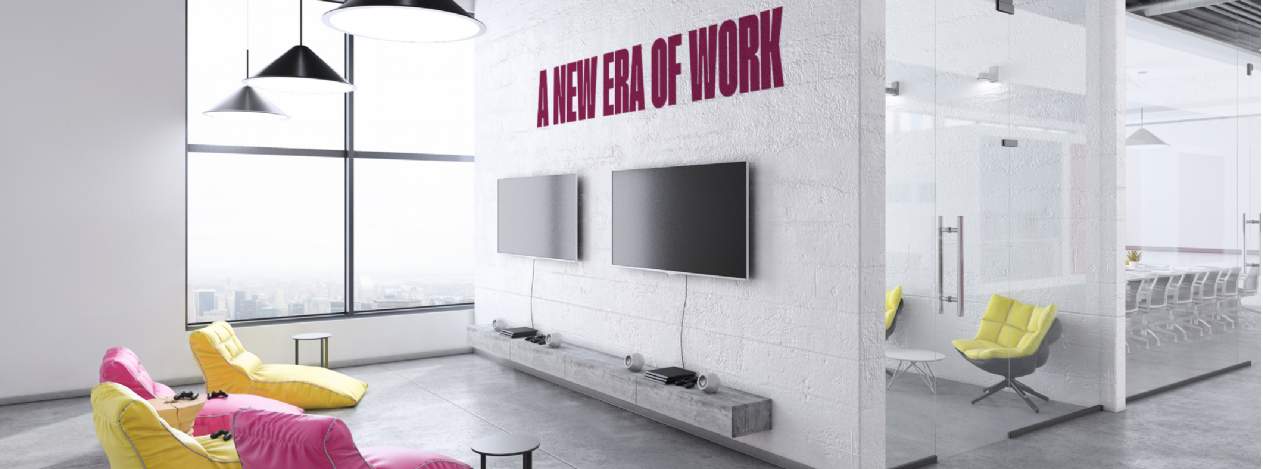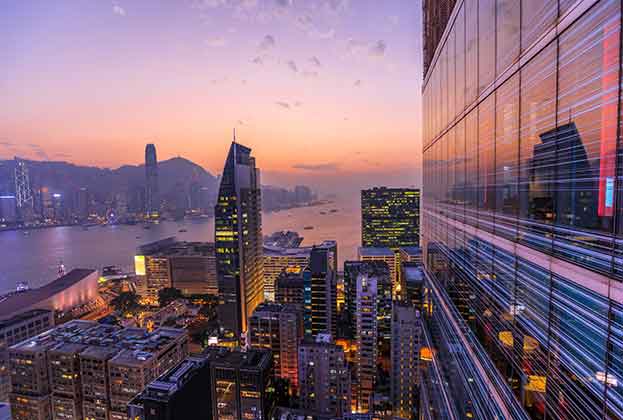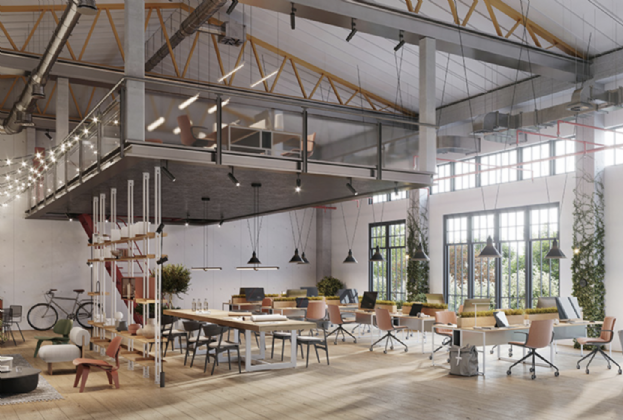New technologies, demographic changes and the impact of the pandemic have transformed our views on where and how we work.
While the physical office has rebounded in popularity among many people who spent months after the onset of the pandemic juggling both personal and work life at home from between the same four walls, it’s important to remember that in many locations, even at the heights of Covid-19, professional workers around the world never left their desks. This is particularly true of those based in the Middle East and across parts of Asia.
In more traditional office locations such as the UAE, the lack of prolonged pandemic lockdowns meant the mindset shift towards hybrid and flexible working is not a homegrown trend. Instead, it has emanated from the presence of international corporate occupiers putting in place global policies for staff.
But whether your experience of work and the office was upended early in 2020, or remained largely the same, looking ahead you are unlikely to be able to avoid change. Even in locations where office life continued unabated, many of the new flexible and hybrid methods of working that have been adopted elsewhere are likely to trickle into corporate practices – bringing with them the chance to address some of the major structural changes to the workforce facing occupiers in the coming decades.
While it may not have been occupiers’ original objective, this integration of technology has brought with it the opportunity to make the workplace more accessible to those who may find it difficult to access it or find the commute a challenge – namely persons with disabilities, older workers, or those with caring responsibilities (typically women) who may work irregular hours outside the traditional nine to five. For these groups, being able to work from home (or another location) some of the time, while still connecting directly with their colleagues is likely to increase engagement and retention.
In the UAE, many international companies have started reconfiguring offices in preparation for more flexible and hybrid working to include more collaboration areas, video conferencing rooms and social spaces for people to come in and engage with their colleagues rather than just sit at a desk.
Given that the age of the labour force is shifting in many countries around the world, particularly in those classified as developed, and won’t be replaced without significant in-migration, this reconfiguration is likely to prove essential. In the Middle East for instance, a younger, well-educated workforce is increasing in emerging markets such as Cairo and Riyadh. Attracting these groups of workers will be essential to maintain a steady flow of talent and ensure a competitive advantage. The physical improvements made to the office as consequence of the events since 2020 should help facilitate the shift, as will the more flexible attitudes and policies towards working practices adopted by many companies.
Hence it is increasingly more important that businesses consider the value of technology, changing workforce demographics and diversity as they plan towards creating a work environment that nurtures both well-being and productivity.



